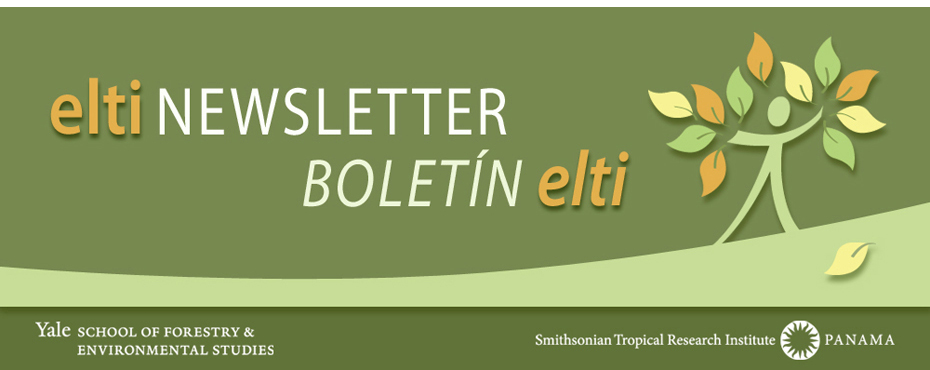On February 24, 2011, the president of the Philippines, Benigno S. Aquino, issued Executive Order No. 26, launching the National Greening Program (NGP). The program involves the planting of 1.5 billion trees in 1.5 million hectares of public domain lands from 2011 to 2016. It is the latest
government effort to conserve and protect the rich natural resources of the country for productivity enhancement, food security, poverty reduction, and climate change mitigation and adaptation.
Learning from the mistakes of previous reforestation projects, the government sought the help of Civil Society Organizations in making NGP work on the ground. This has led to the signing of a Memorandum of Agreement between the Department of Environment and Natural Resources (DENR) and the Philippine Tropical Forest Conservation Foundation (PTFCF) and the Foundation for the Philippine Environment (FPE). The two foundations are members of the Rain Forest Restoration Initiative (RFRI), a network of organizations and individuals promoting the use of native species for forest restoration and other land use management objectives that ELTI was instrumental in reviving.
The agreement is a “game-changer” according to Dr. Perry Ong, a PTFCF board member and a professor at the Institute of Biology of the University of the Philippines-Diliman, because the government is starting to change its policy from the use of exotic species to native species for its reforestation programs. The DENR Secretary Ramon Paje himself admitted that in the past, the government resorted to the use of fast-growing exotic species to immediately re-cover denuded areas. This has caused several problems such as low survival due to site incompatibility and susceptibility to pests and diseases. As part of its commitment to set things right, the DENR released a circular calling for the eventual phasing out of the use of exotic species in reforestation programs, including the replacement of all mature exotic species stands after timber harvesting with native tree species. Moreover, the agreement facilitates the greater involvement of local communities in the implementation of NGP through the production and supply of native species seedlings, and the planting and maintenance of these in sites jointly identified by DENR and the communities. For 2012, fifty million native seedlings out of the 200 million-DENR seedling target for this year will be supplied by the community partners of the RFRI network. This number is expected to increase in the succeeding years.
More on this topic
........................................................................................................................
El Programa Nacional Verde, Aún Más Verde
El 24 de febrero de 2011, el Presidente de Filipinas Benigno S. Aquino, firmó la orden ejecutiva No. 26 que lanzó el Programa Nacional Verde (NGP, por sus siglas en inglés). El programa contempla la siembra de 1500 millones de árboles en 1,5 millones de hectáreas de tierras públicas entree 2011 y 2016. Este es el más reciente esfuerzo del gobierno para conservar y proteger los ricos recursos naturales del país, aumentar la productividad y la seguridad alimentaria, reducir la pobreza, y contribuir a la mitigación y adaptación al cambio climático.
Tomando nota de los errores de anteriores proyectos de reforestación, el gobierno buscó la ayuda de organizaciones de la Sociedad Civil para garantizar que el NGP tenga éxito en su implementación. Esto condujo a la firma de un memorándo de entendimiento entre el Departamento de Medio Ambiente y Recursos Naturales (DENR), la Fundación Filipina parala Conservación de los Bosques Tropicales (PTFCF), y la Fundación para el Medio Ambiente Filipino (FPE). Las dos fundaciones son miembros de la Iniciativa de Restauración de Bosques Tropicales (RFRI), una red de organizaciones e individuos que promueven el uso de especies nativas para la restauración de bosques y otros objetivos de gestión, y en cuya reactivación ELTI tuvo un papel fundamental.
Según el Dr. Perry Ong, miembro de la Junta de PTFCF y profesor en el Instituto de Biología de la Universidad de Filipinas-Diliman, este acuerdo fue decisivo porque demuestra que el Gobierno está empezando a cambiar su política de la uso de especies exóticas en programas de reforestación. El Secretario del DENR Ramón Paje admitió que en el pasado el gobierno recurrió al uso de especies exóticas de rápido crecimiento para recuperar rápidamentela cobertura vegetal enáreas deforestadas. Esto causó problemas como baja supervivencia por incompatibilidad de sitios y susceptibilidad a plagas y enfermedades. Como parte de su compromiso por enderezar el rumbo, el DENR publicó una circular pidiendo la eliminación gradual delas especies exóticas en sus programas de reforestación, y la sustitución de rodales de exóticas por nativas luego de la extracción de madera. El acuerdo también facilita una mayor participación de las comunidades locales en el NGP a través de la producción, siembra y mantenimiento de plántulas de especies nativas en los sitios identificados conjuntamente por el DENR y las comunidades. Para 2012, 50 de los 200 millones de plántulas nativas que el DENR tiene como meta, serán suministrados por socios comunitarios de la red RFRI, y se espera que el número aumente en años subsiguientes.
Más sobre este tema


No comments:
Post a Comment